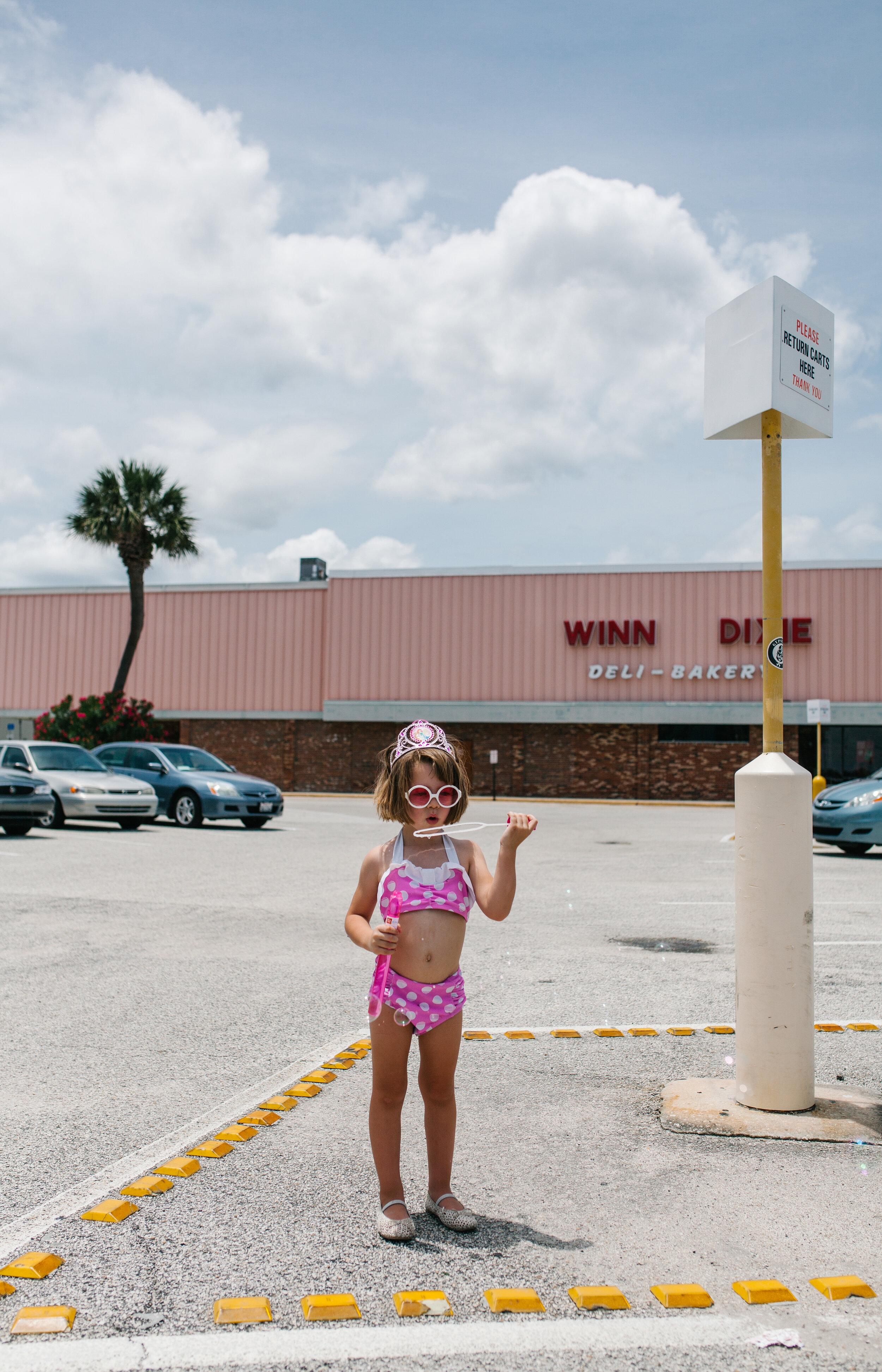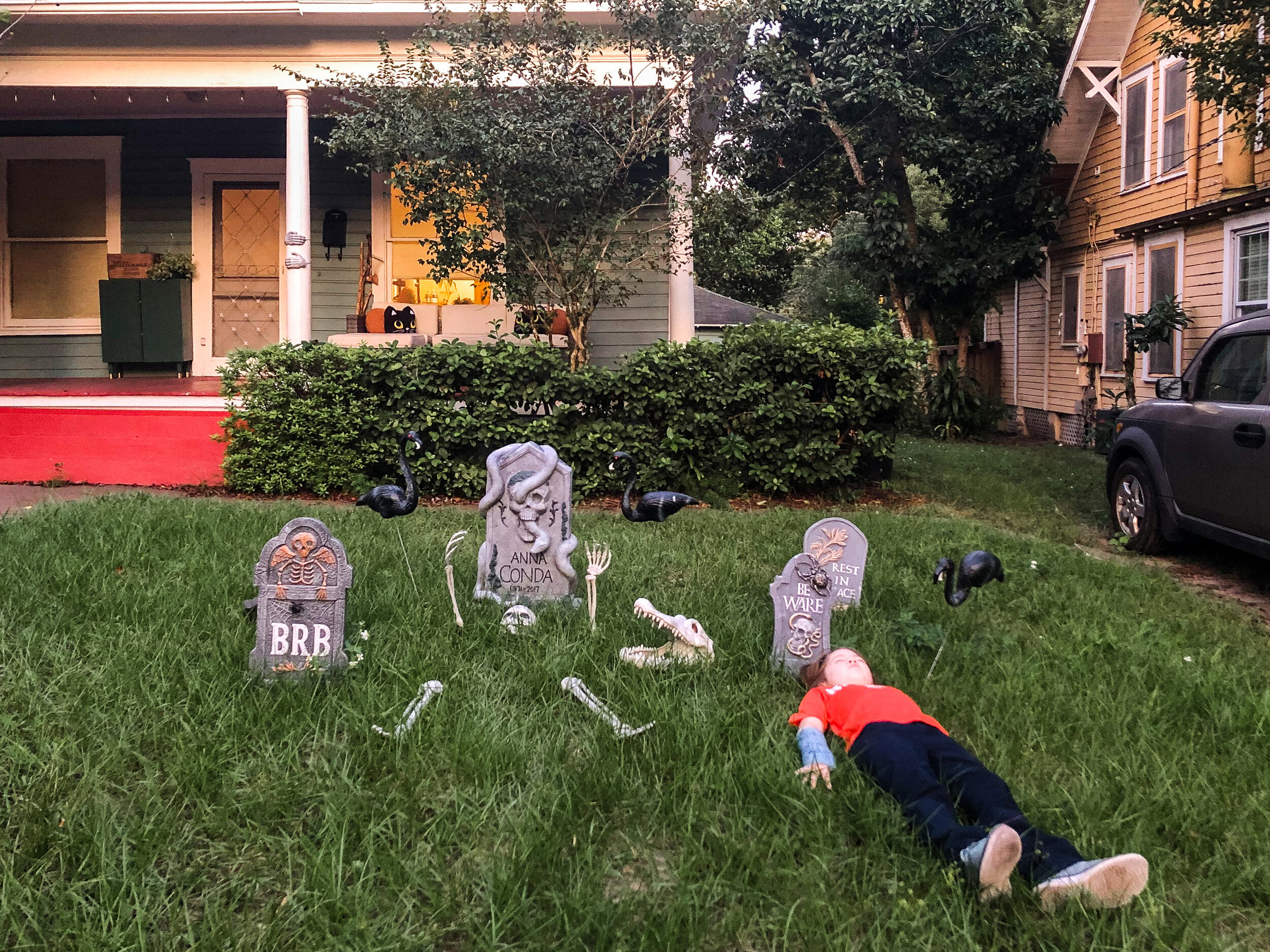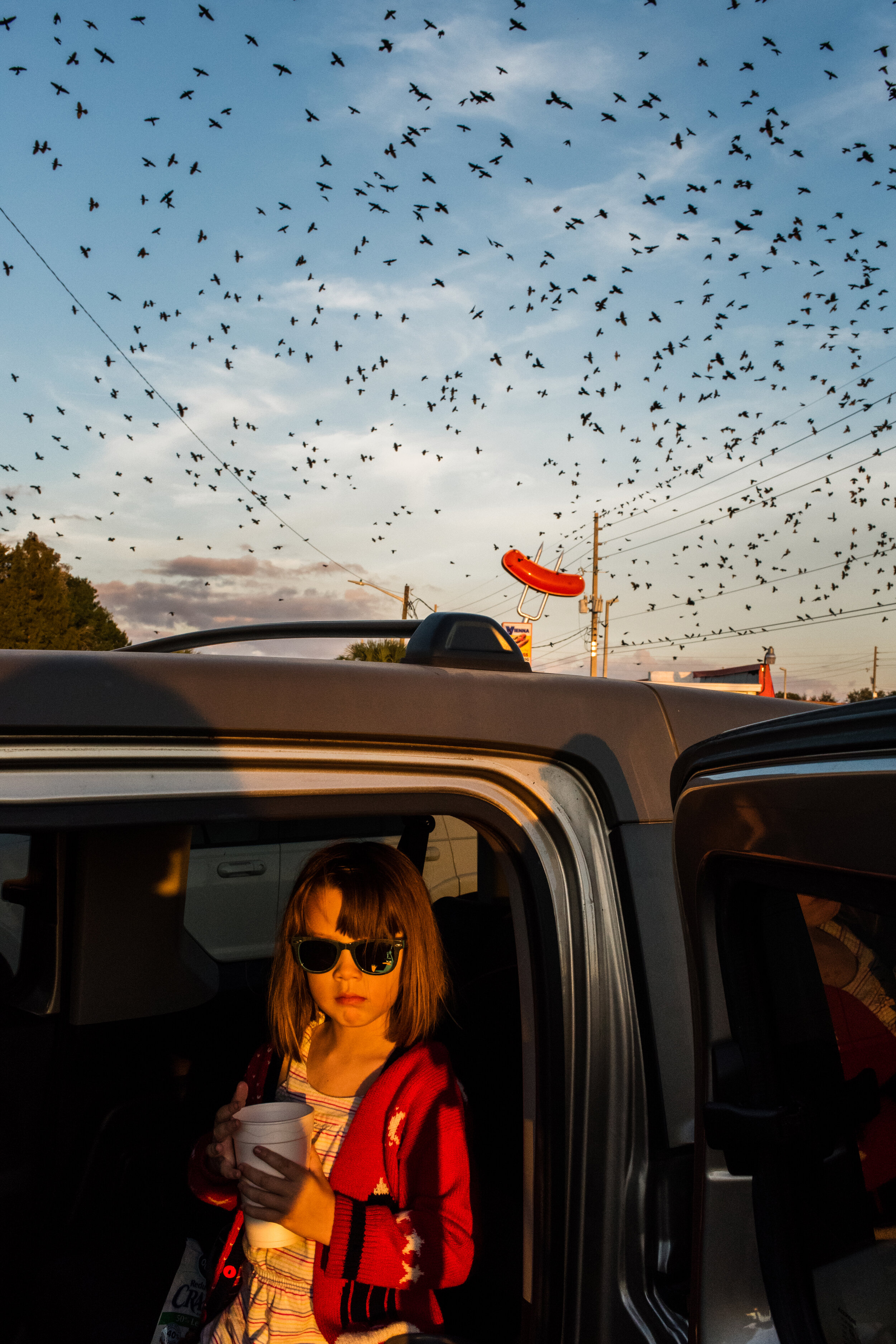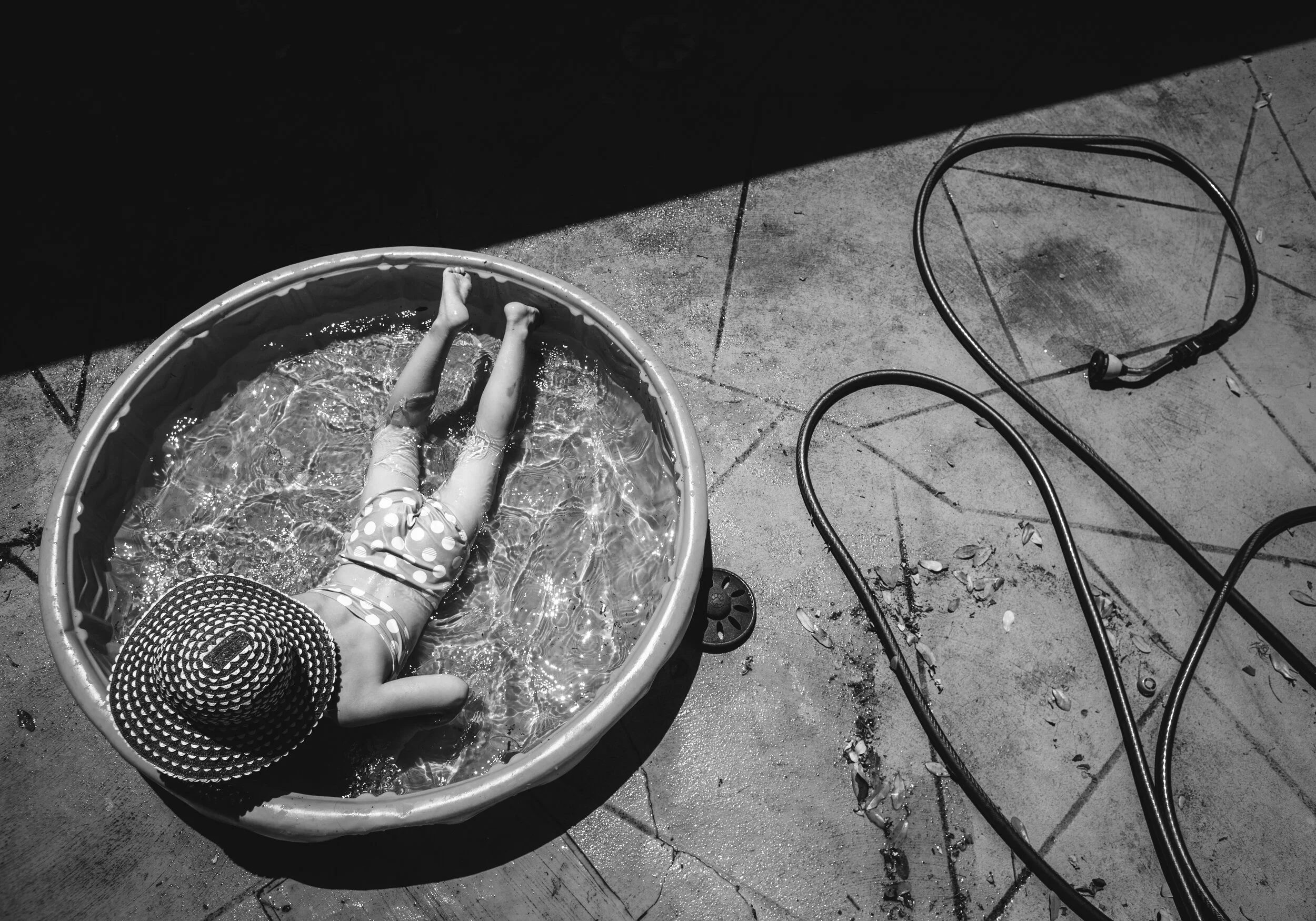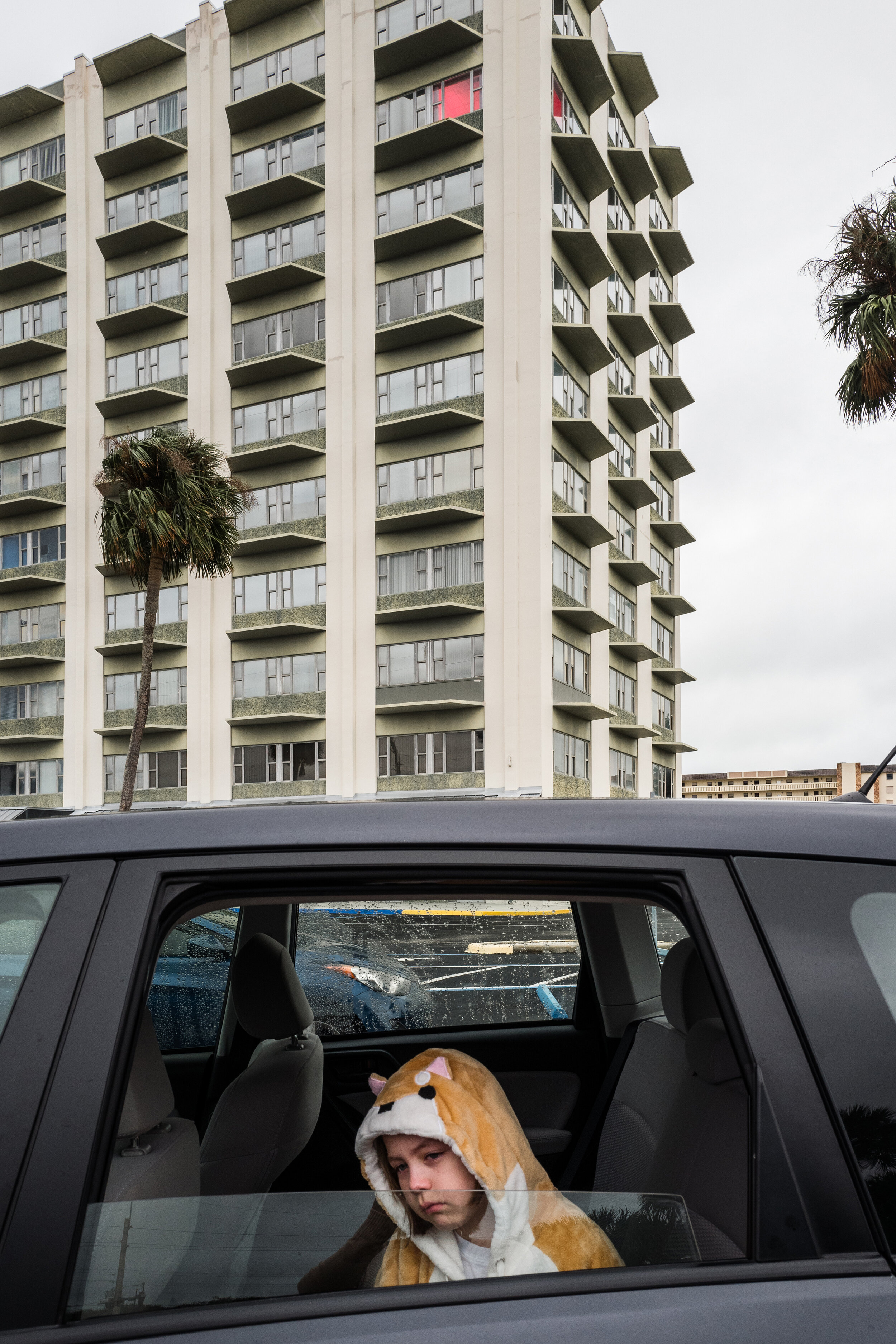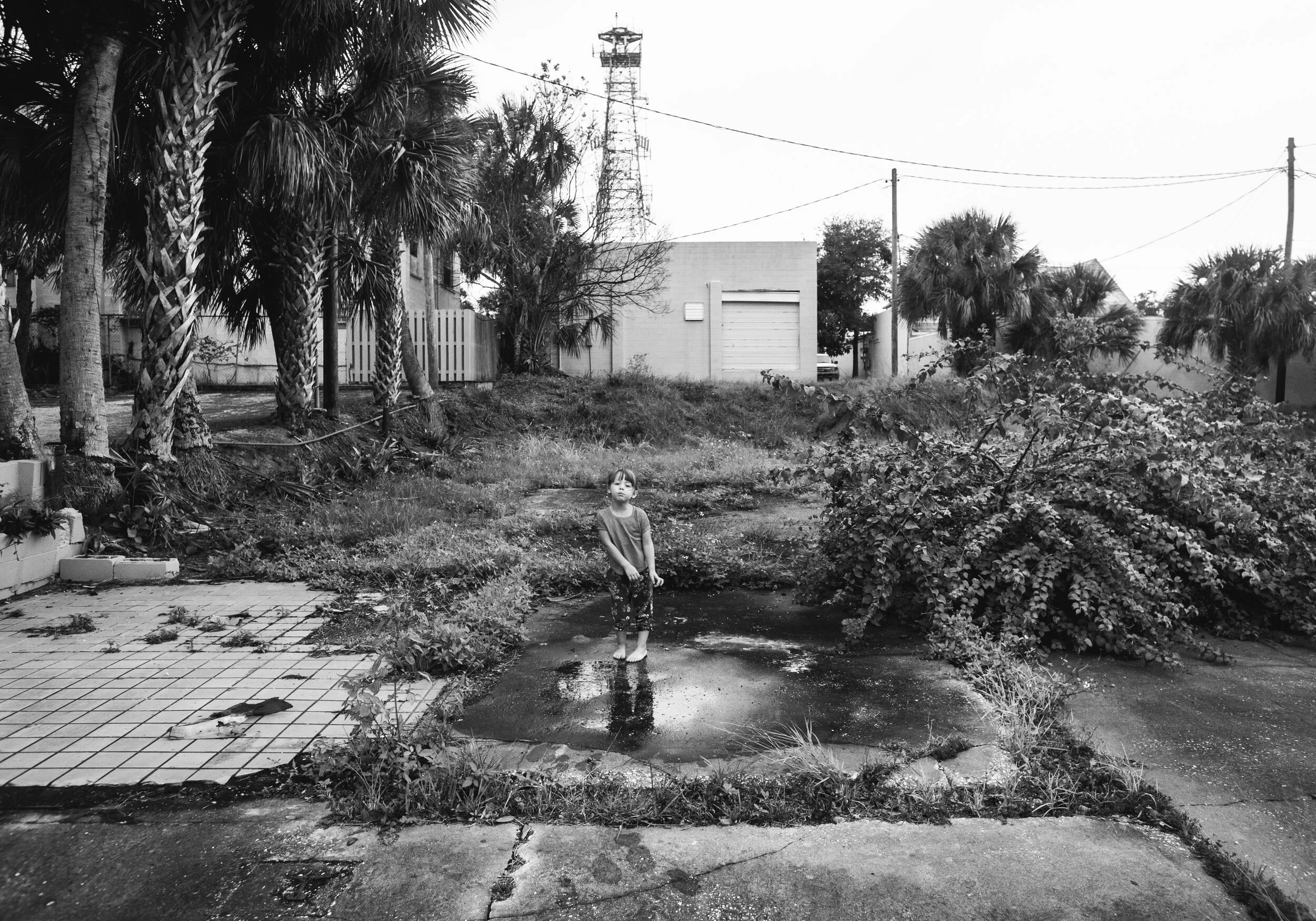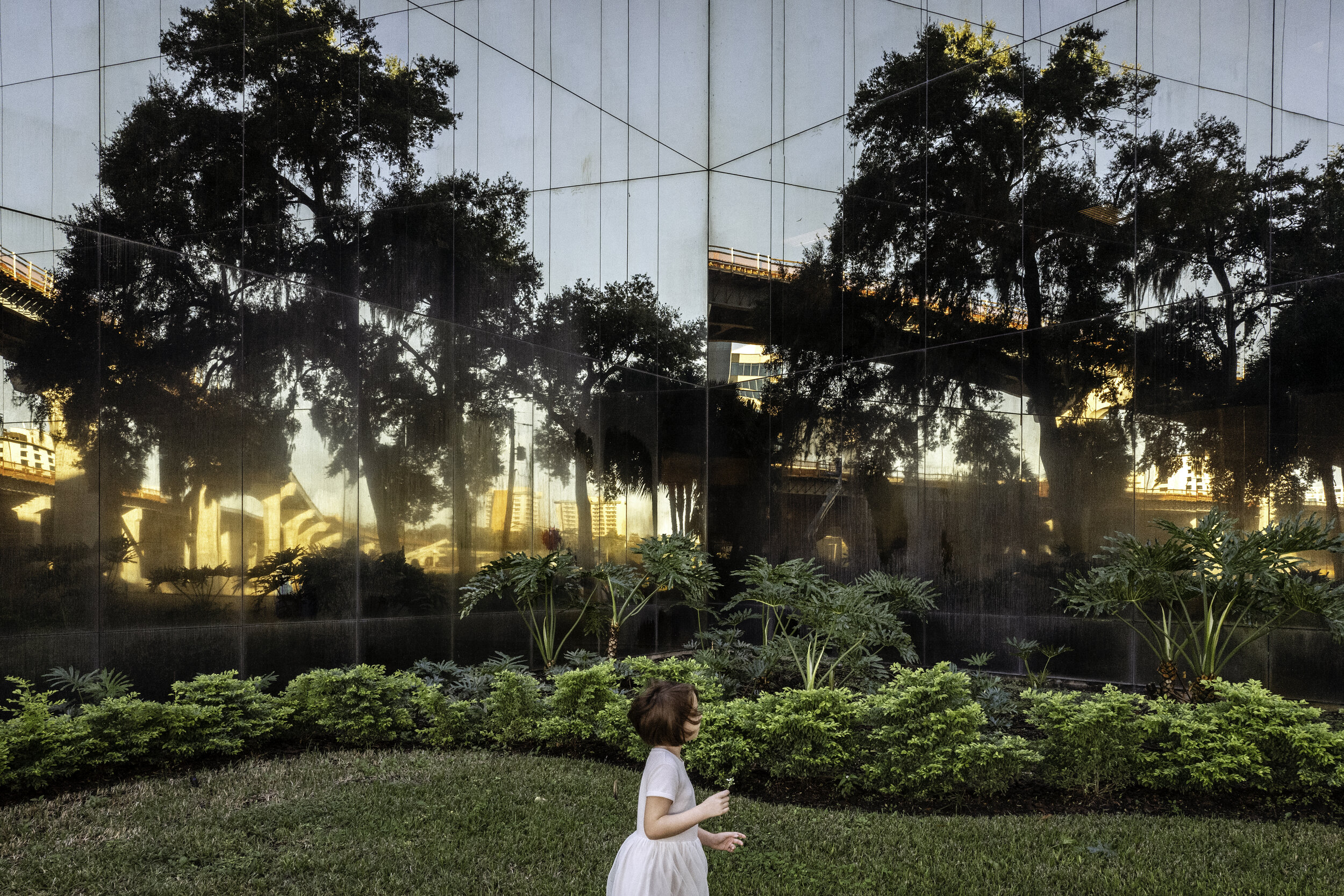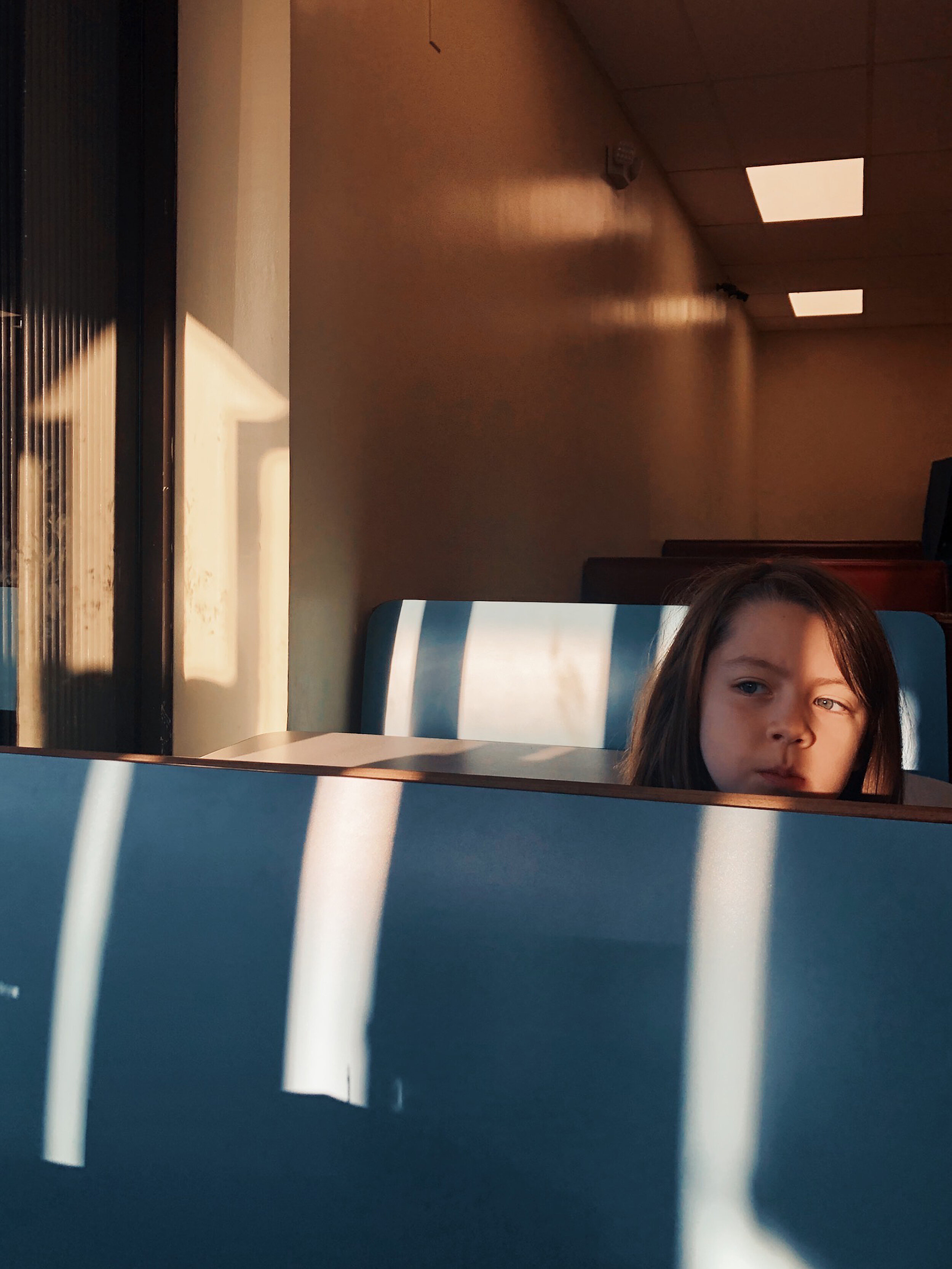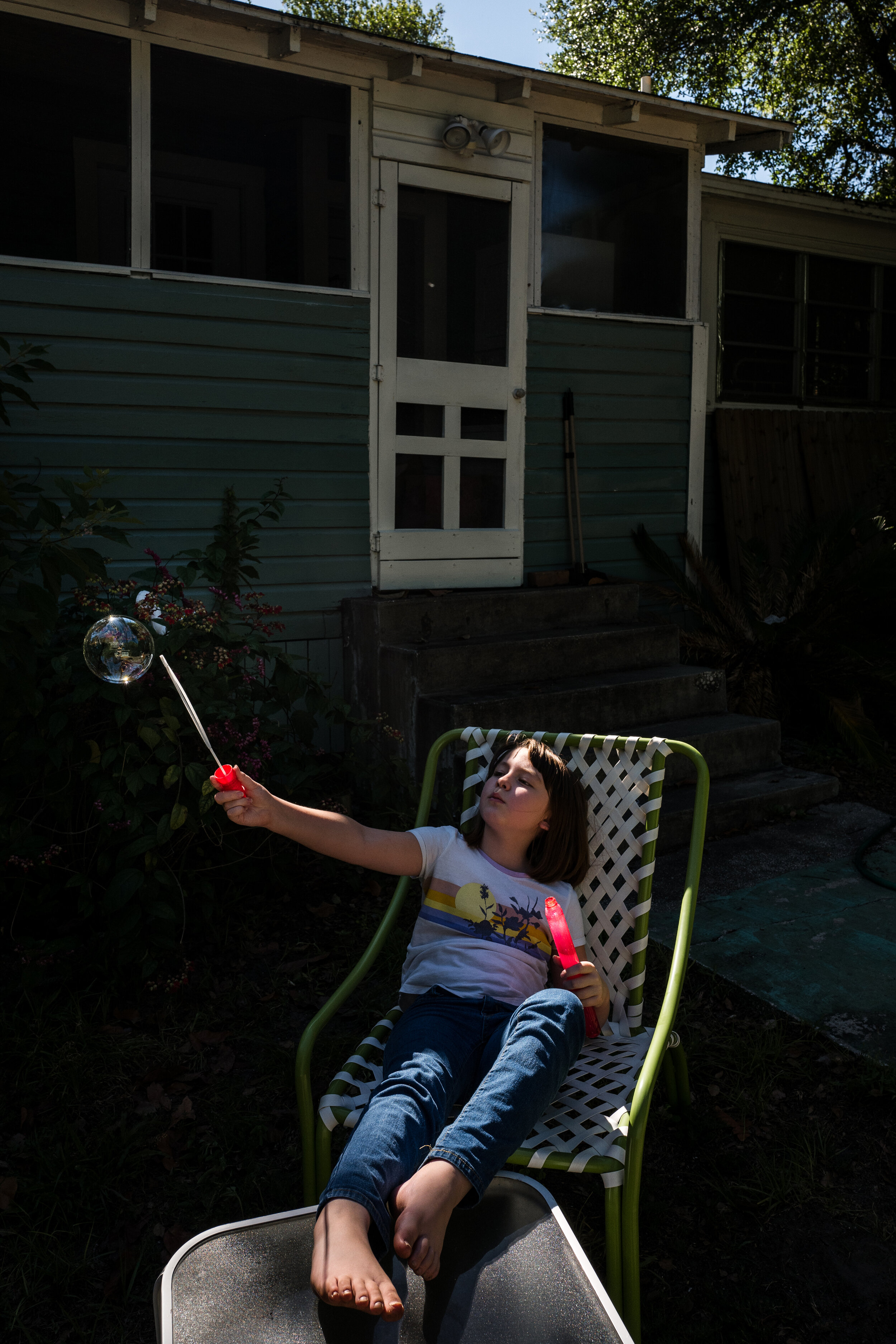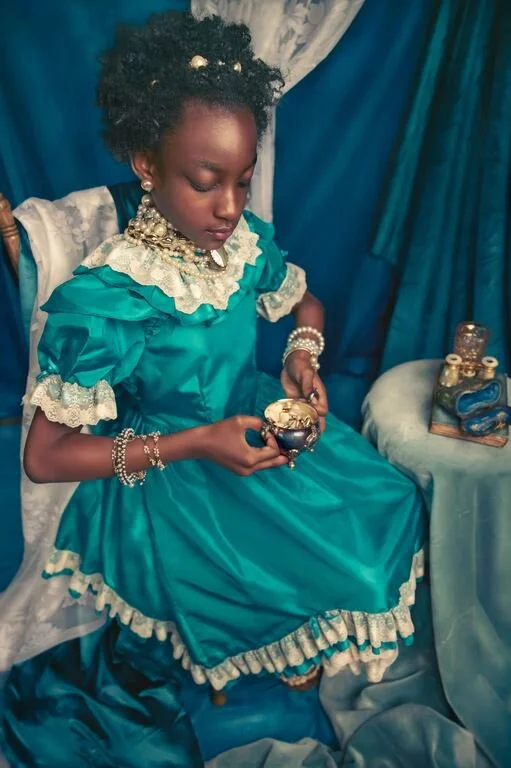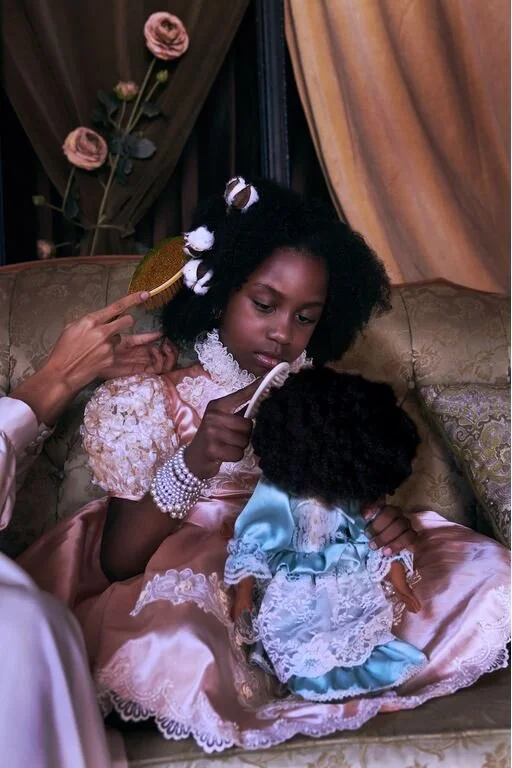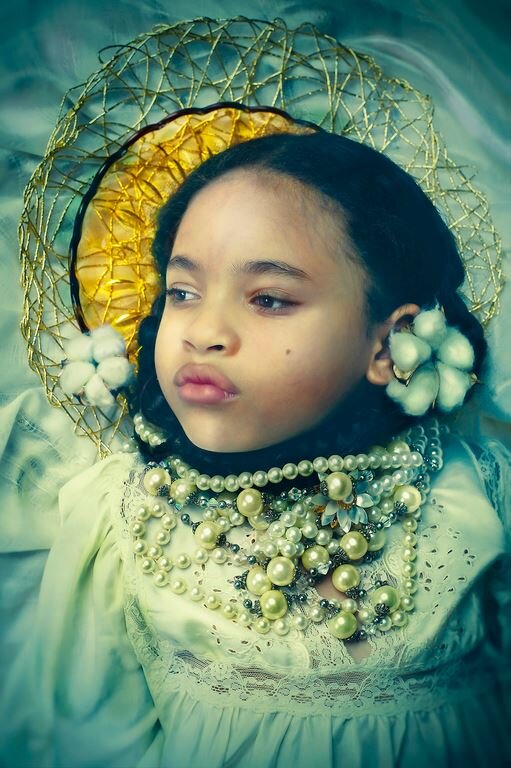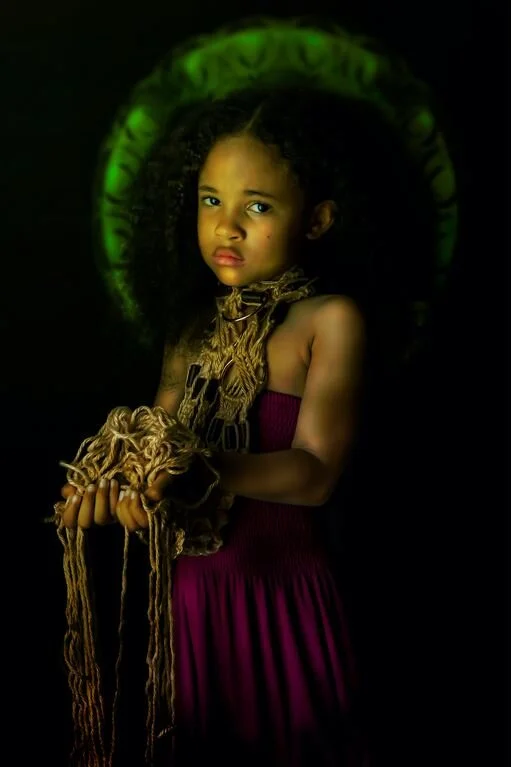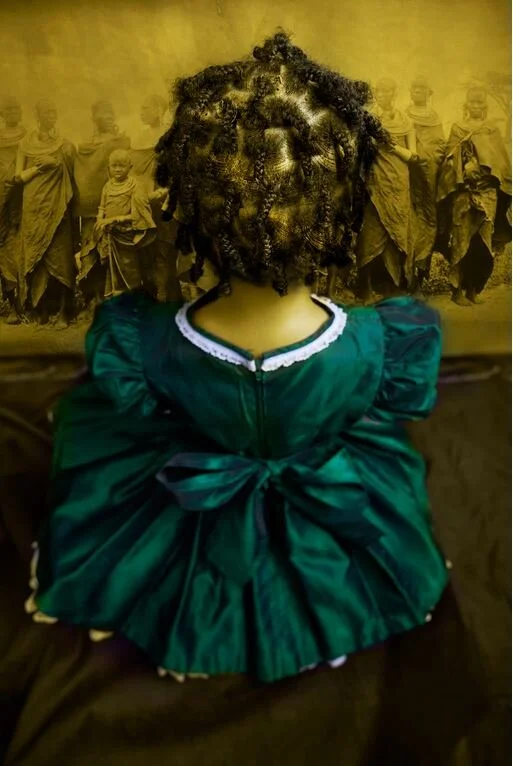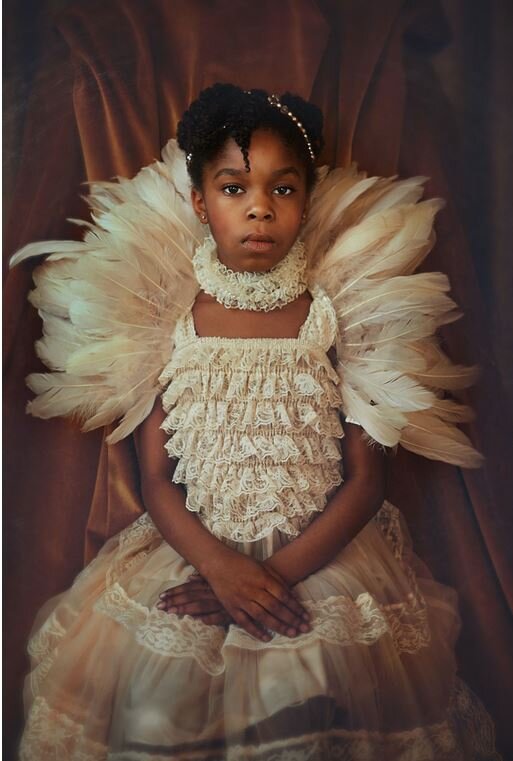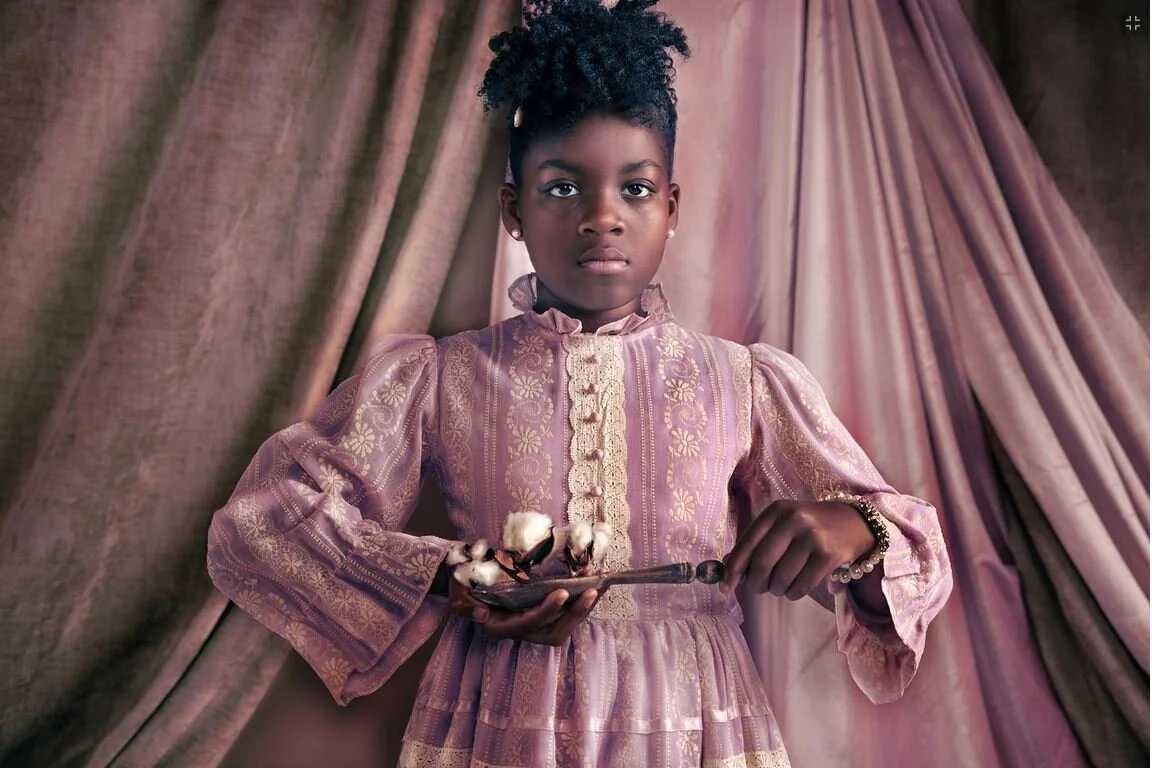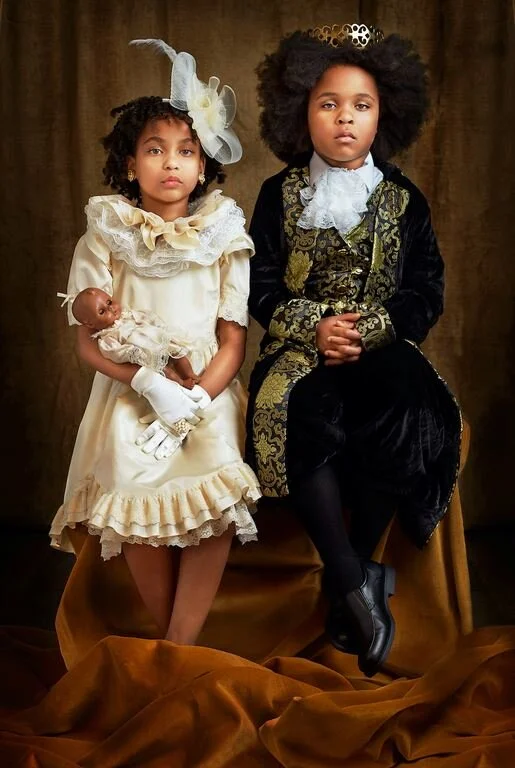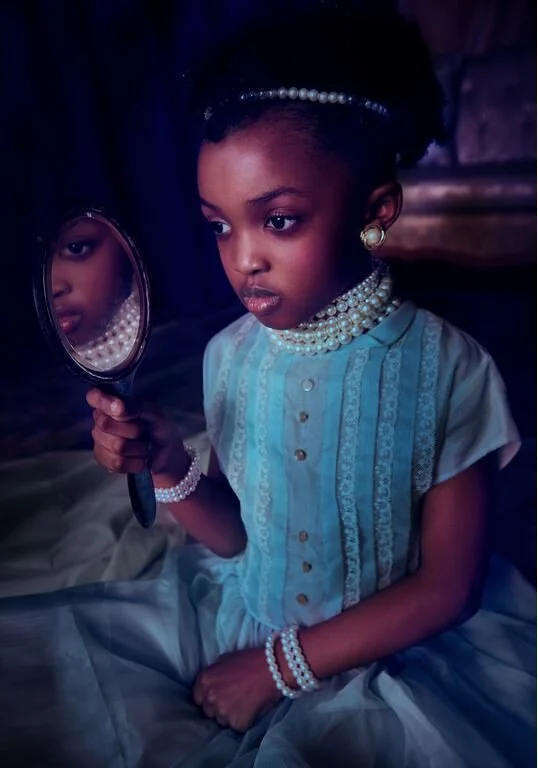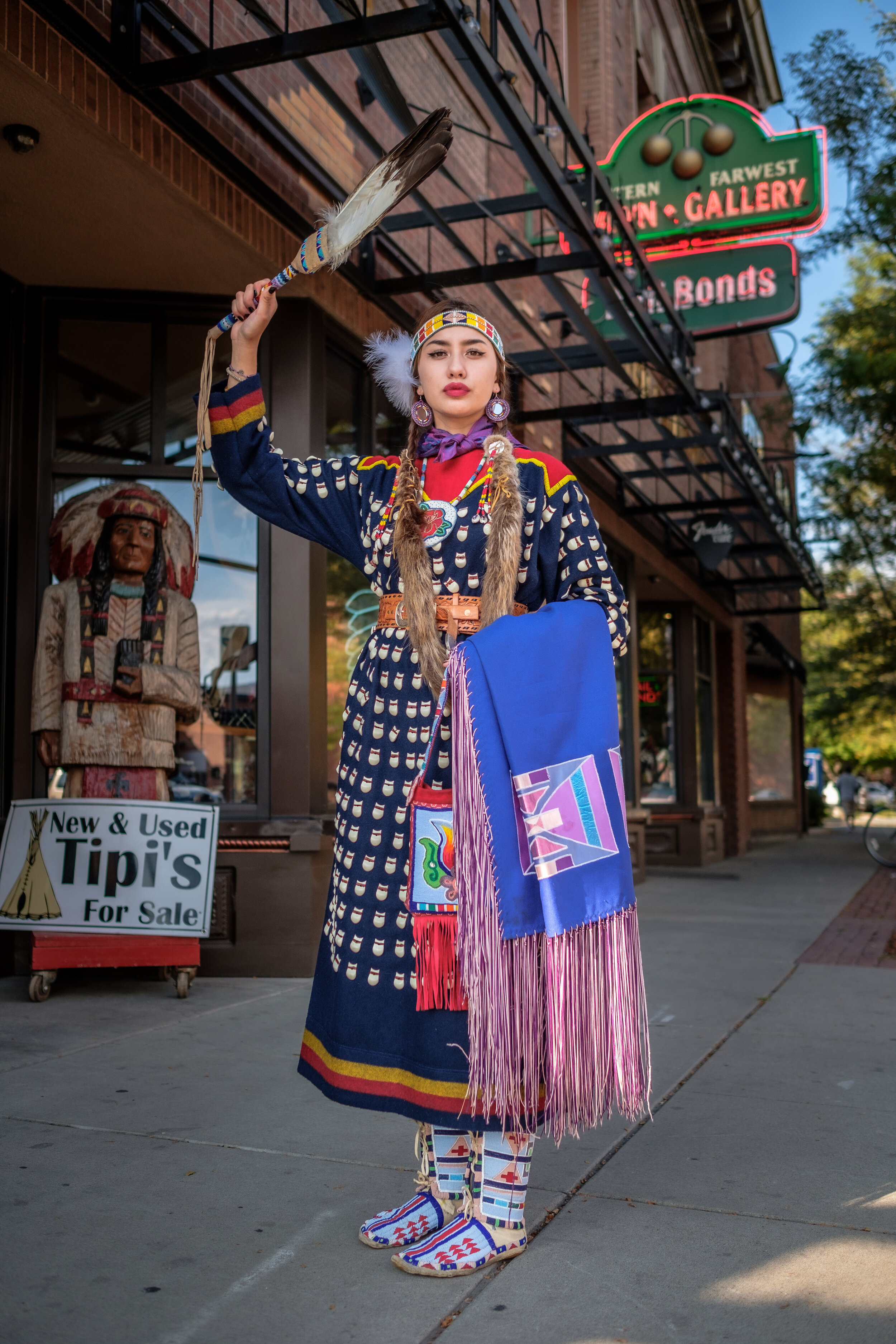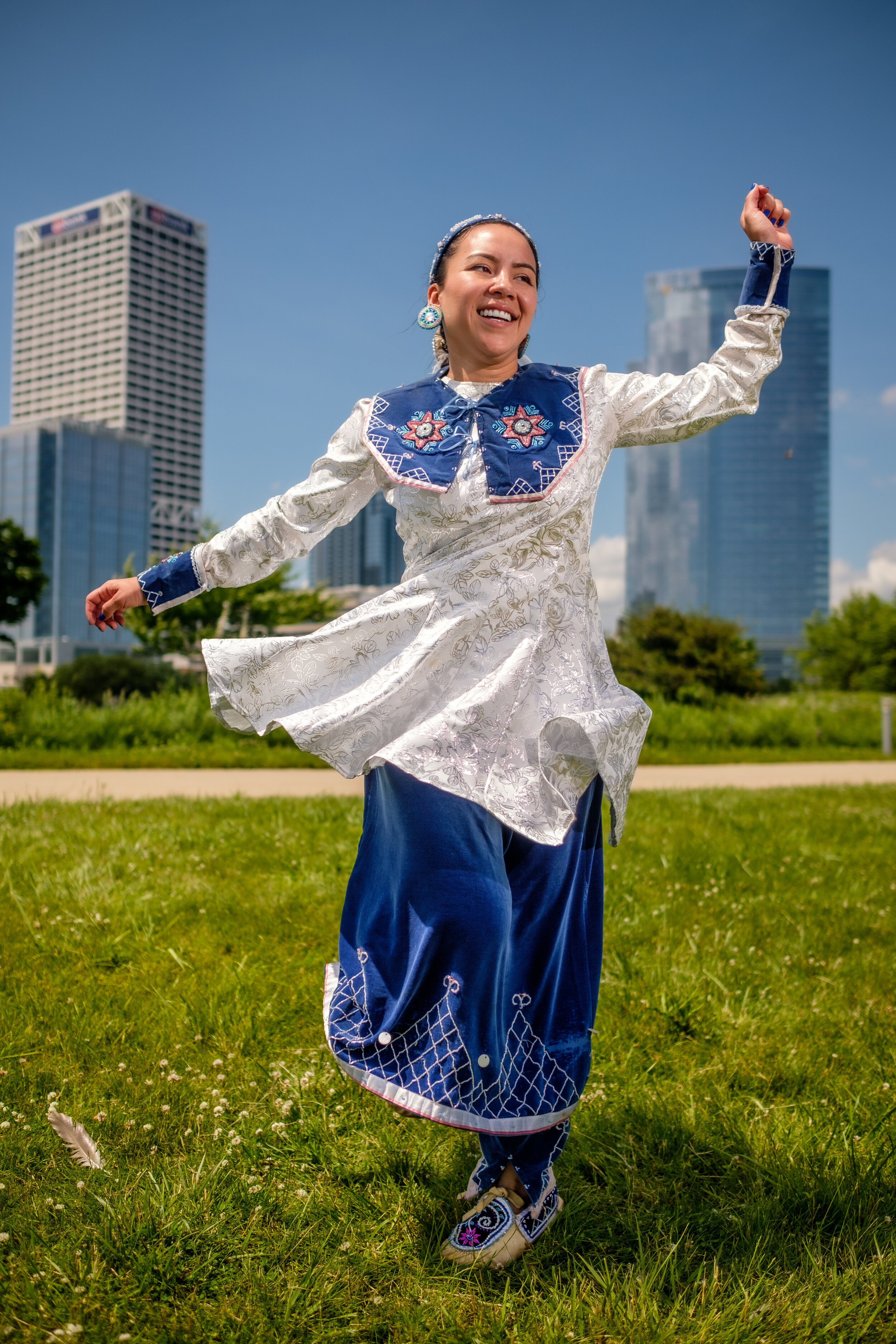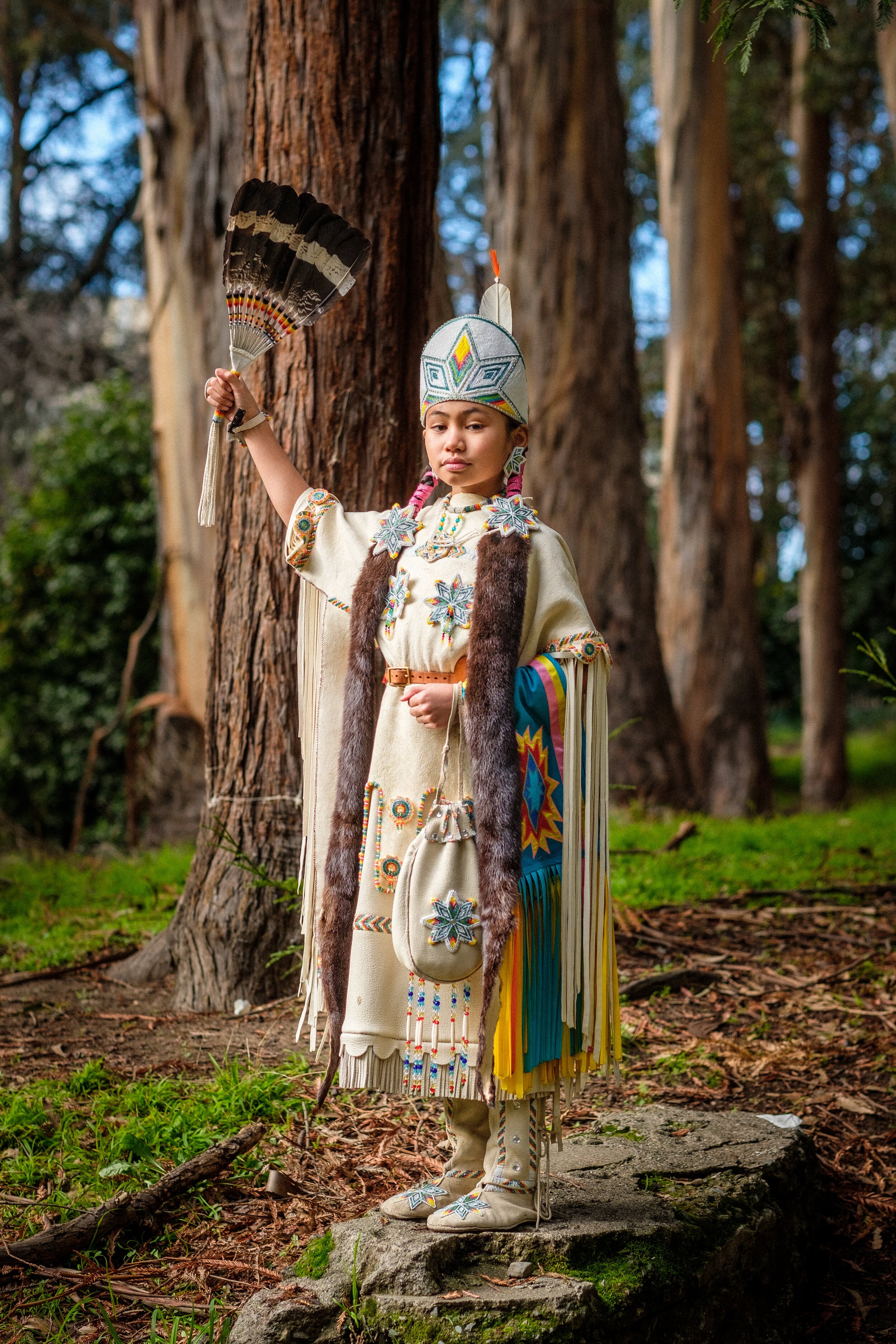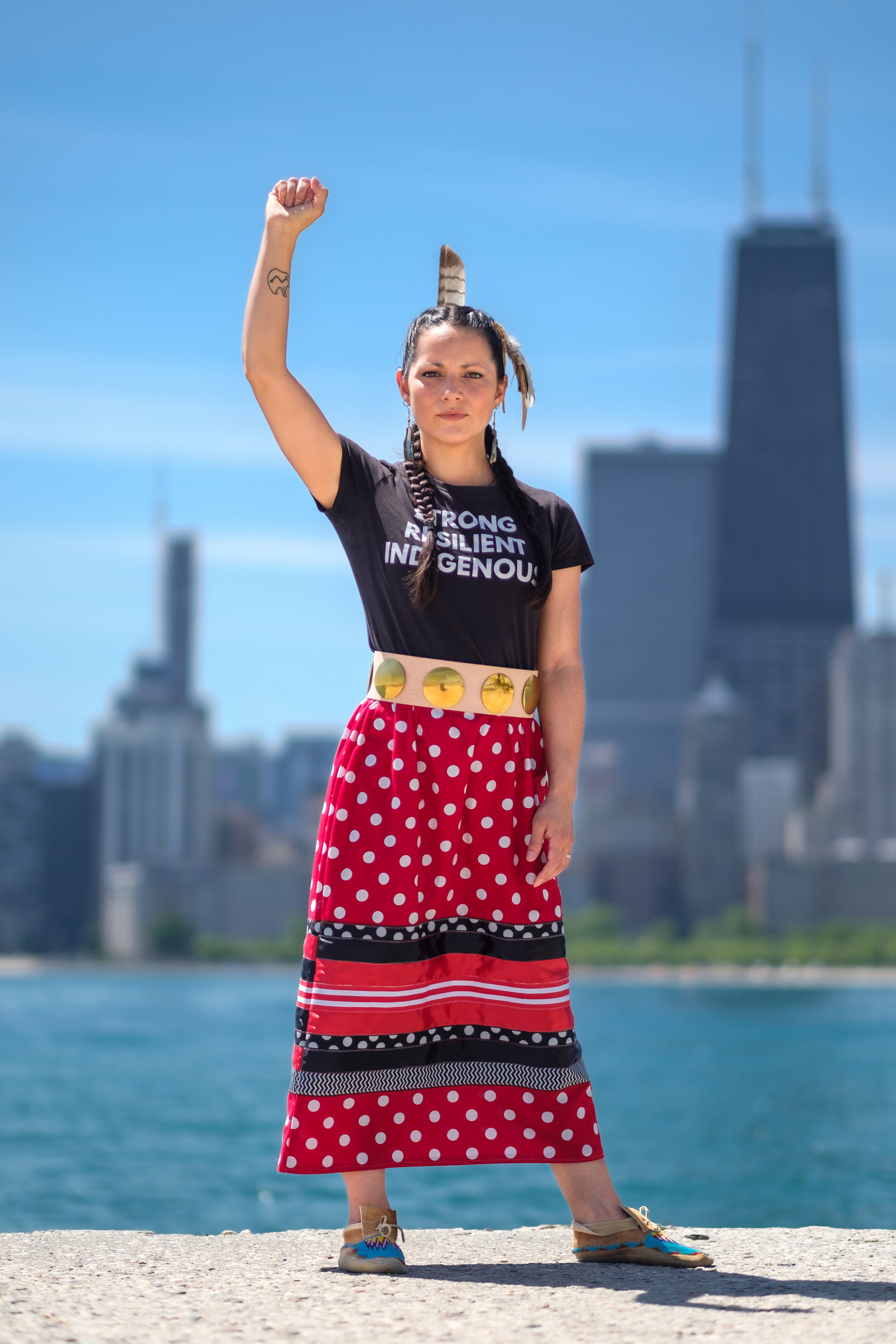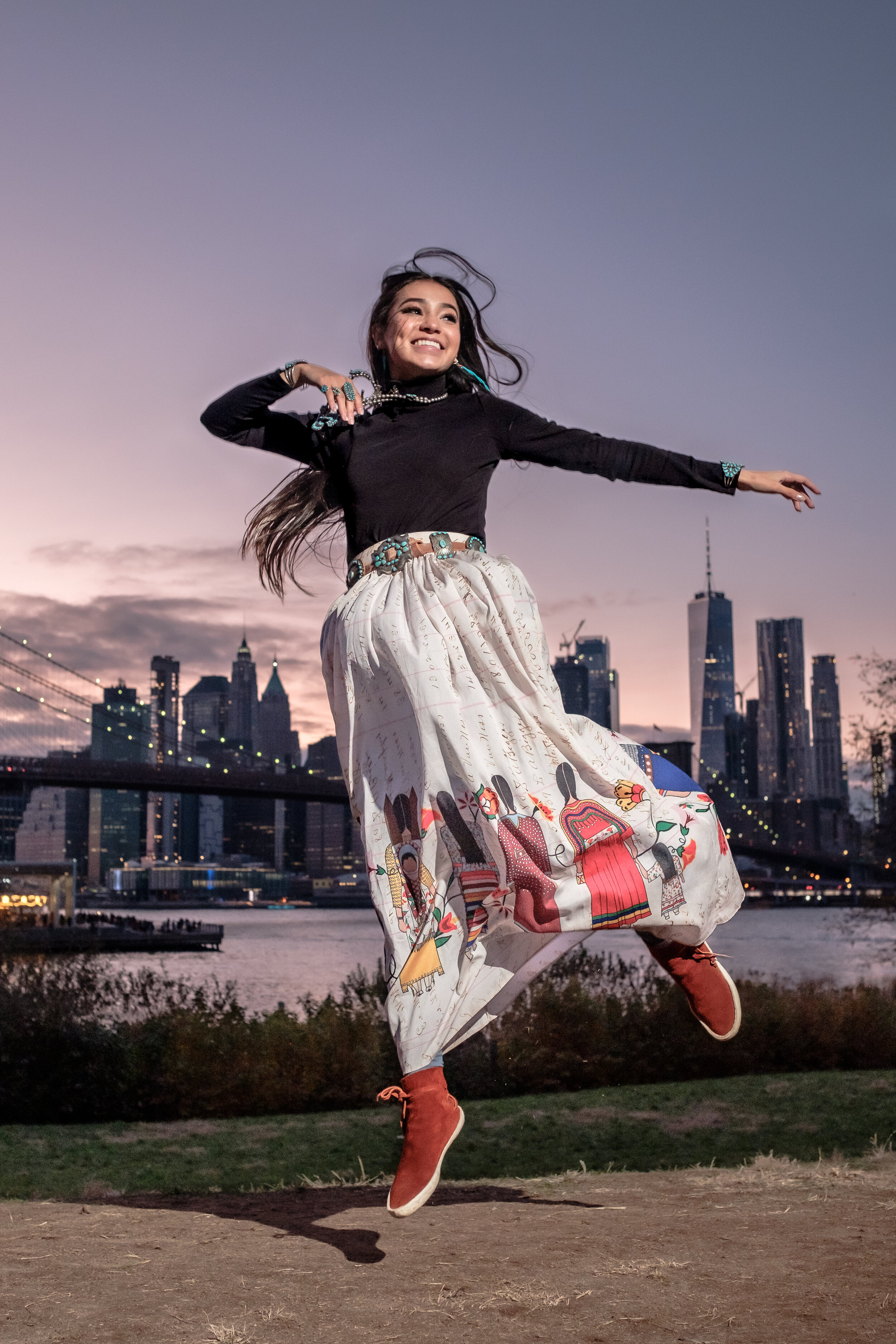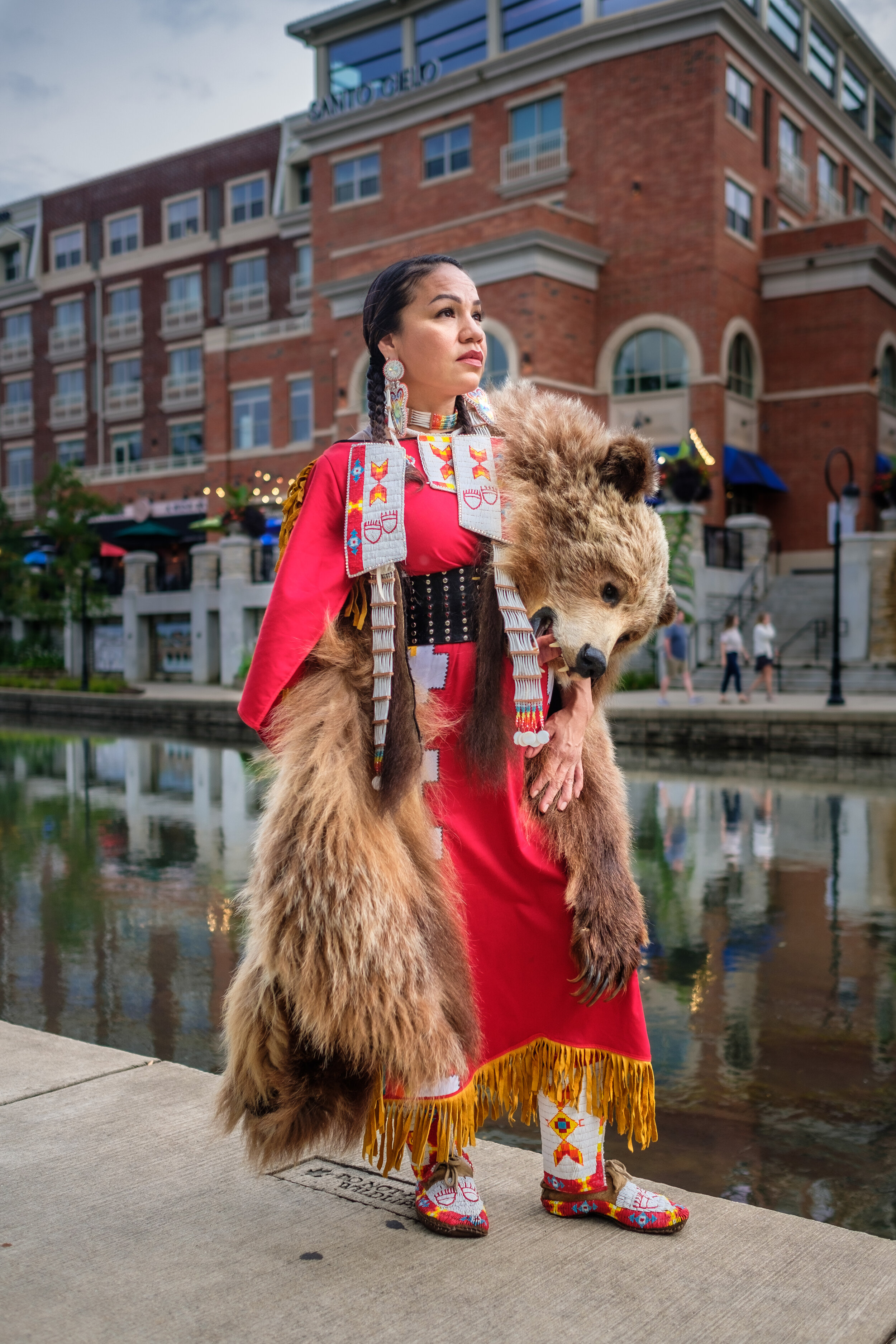September 28 - December 16, 2021
Sleepover Secrets explores storytelling through spatially engaging installation and video projection using original and found footage.
“I covet overlooked physical and emotional evidence—traces, memories, and assumptions—of lived experiences. Using found and original footage my work honors and embraces time as a malleable and receptive container for my decidedly feminine, slightly subversive, personal yet universal excavations. Elements of discovery, empowerment, and seduction appear frequently. As a bricoleur, I collect the unexpected.” ”
DIALOGS FOR POSTERITY
Rethinking our close relationship with nature, Dialogs for Posterity is a series of chlorophyll prints that I use as a journal to explore the topics of ephemerality and time.
In this work, l present photographs bleached by sunlight directly onto the surface of leaves. This organic action relies on the photosynthetic properties of plants and trees, an oxidation process that mirrors aging itself. The chlorophyll pigments, which transform my subjects and leaves, are linked to the core concept of Dialogs for Posterity: the idea of a deconstructed self-emerging from the inevitability of change. The series contains self-portraits, family close ups, geographical references, photographs of friends, and family archives.
Looking at my subjects, I finally realize a hidden desire that has always been related to my use of the photographic medium: the search for permanence. By displaying these pieces to the public (the actual leaves as an object), my intention is to create a lasting sensation in the mind of the viewer, even if this means allowing the leaves to keep reacting to light and slowly fade.
Inevitably, the concept of the work presented depends directly on its physicality coming to an end. Similarly, isn't the fact that life has an ending what drives us to find purpose in it in the first place?
In this body of work, Lauren Mitchell celebrates the everyday. She possesses a keen ability to capture moments that are highly relatable but often overlooked. In this way, her photographs of abandoned spaces of a by-gone era of space tourism as well as her dynamic yet intimate moments with her daughter encourage a second look at the quiet banality of everyday life.
“Acting as photographer, ethnographer, and historian I am examining the erasure of material, spiritual, and familial cultural artifacts of people of the African Diaspora. Historical and ethnographic research of material and spiritual culture of Africans brought to the new world is explored and used as symbolic elements within the artwork. These artifacts and symbols are combined with western material trappings of status and wealth. These works act as resurrection and reintroduction to practices and traditions that were melded within the Americas as well as a visual conversation of what we as a people deem worthy of the title “artifact’’ or “of value”. The body of work within ‘Reclamation’ shifts the traditional visual narrative of the viewer confronting the subject. Each piece is anchored to beauty that is a subversive visual rebellion. The subjects in the works cry for autonomy from the gaze of those that have, and would otherwise oppress them. ‘Reclamation’ challenges a narrative of Black being worth less-than. Descendants of the Diaspora, despite having had all overt signs of their histories, former cultural status, diverse and primal spiritual practices erased when they were brought to the Americas, endured, existed and matter. The exhibition serves to reconstitute and re-present our connection to spiritual and cultural connections that never truly disappeared. In this exhibition, these same symbols act psychologically to shift the embedded common narrative of the viewer of Blackness away from race and subjugation, and towards an expanded perception; a visual elevation of the subjects as powerful and holy in their own humanity. ”
““So much of Native American history has been recorded and told by non-Natives. But I think it’s time we use our own voices to tell our story. I think it is fundamentally important for Native Americans to preserve our culture for future generations. As a photojournalist I help do that visually, by making photographs and video of Native American life. And as an Apsáalooke (Crow), it is my deepest desire to document the life and culture of my tribe so that my children and all the children of the Apsáalooke will have it as record for future generations.” ”
Indigenizing Colonized Spaces is a series of portraits of Native Women wearing traditional regalia in metropolitan settings, in order to illustrate that wherever a person goes, they are on Native land. In order to illustrate that point, the artist photographs women who are descended from tribes that originally occupied the land each featured city was built on.










![6[1].jpg](https://images.squarespace-cdn.com/content/v1/587a6f183e00be29d4b12828/1632428764646-XH0GTZLPXV49YGBBSNTT/6%5B1%5D.jpg)
![1[1].jpg](https://images.squarespace-cdn.com/content/v1/587a6f183e00be29d4b12828/1632428752174-XQBDGMIBTTLQKXXZRZT0/1%5B1%5D.jpg)

![2[1].jpg](https://images.squarespace-cdn.com/content/v1/587a6f183e00be29d4b12828/1632428755710-LZKB1ZSE5FBZLNZ7KWV7/2%5B1%5D.jpg)

![3[1].jpg](https://images.squarespace-cdn.com/content/v1/587a6f183e00be29d4b12828/1632428757725-P3WHMRQUALUMXUL2KHXM/3%5B1%5D.jpg)

![4[1].jpg](https://images.squarespace-cdn.com/content/v1/587a6f183e00be29d4b12828/1632428761322-ZDDZCA8NYSEPXE1SN5H5/4%5B1%5D.jpg)



![7[1].jpg](https://images.squarespace-cdn.com/content/v1/587a6f183e00be29d4b12828/1632428767361-B8RFBQDQZIDOQOEJGXB3/7%5B1%5D.jpg)


